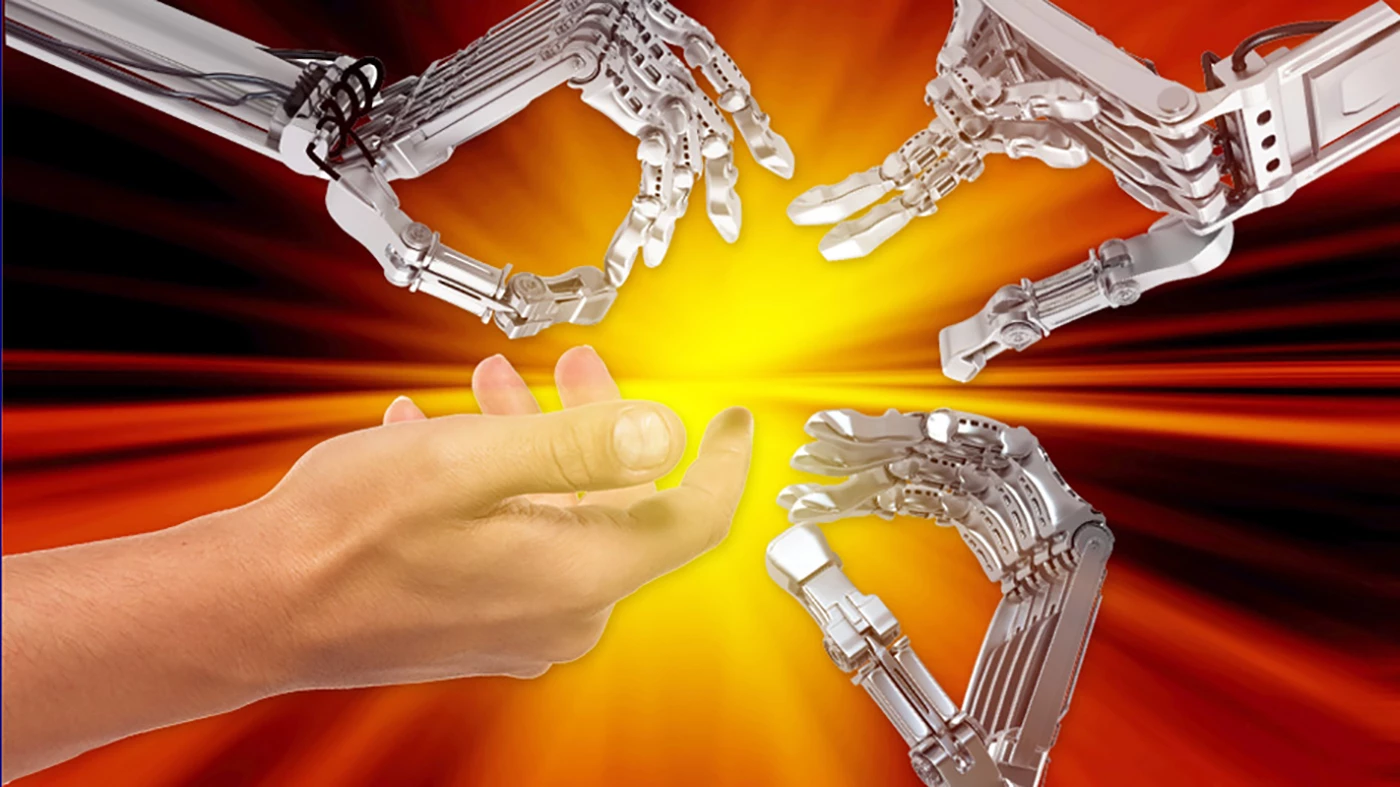A new system, developed by researchersat MIT, could provide a more streamlined way for robots tocommunicate with humans in difficult situations, including duringemergency response operations. The new model cuts down the necessarycommunications made by a robot team member by 60 percent,significantly reducing the barrage of data that its human counterpart has to deal with.
When autonomous robots communicate,they send each other constant updates on how the task is going,informing one another of every tiny development. But much of thisdata is superfluous to requirements, serving only to overcomplicatethe task at hand. Furthermore, every time an update is relayed by onemachine, all of its counterparts have to process the effect of theaction on their current understanding of the state of theenvironment. The more information that's received, the more things can slow down.
Things are even more complex with themost up-to-date systems, with each robot – known as an agent –having to factor in the probability that the current accepted modelof the situation is accurate, while also considering whether futureactions will be successful. Such systems – known as decentralizedpartially observable Markov decision processes, or Dec-POMDPs – arehampered by the sheer volume of information that's constantly beingrelayed between the different agents.
The MIT team set out to make thingssimpler, streamlining the system to cut down the number ofcommunications by 60 percent. Working towards the goal of building asystem well-suited to emergency-response situations, they firstremoved any prior knowledge of the agents' immediate environment fromthe model.
While this was appropriate for the desired application (emergency responders often have little knowledge of the environment they're working in), itdid mean that in order to make the system work, the researchers had no choice but to also remove thepart of the system that examines the uncertainty of each actions'effectiveness. Instead, the new system assumes that any action that'sattempted is completed successfully.
Rather than having to relay everysingle piece of information, the new system allows agents to pickfrom three options every time something new occurs, with the choiceof ignoring the new info, using it itself but not broadcasting it toother agents, or both using and broadcasting the data.
Each option has pros and cons, and it'sthe agents' responsibility to determine the value of each and everydecision, performing constant cost-benefit analyses based on its ownactions and the expected actions of its counterparts.
The team tested the streamlined modelusing more than 300 computer-simulated rescue tasks. The results ofthe robot-only study weren't actually entirely positive, with thestandard, constant-communication method actually have a better taskcompletion rate – between 2 and 10 percent higher than the new,reduced communication system.
However, the researchers still have alot of faith in their new model, believing that the tests don't bestrepresent its usefulness.
"What I'd be willing to bet, althoughwe have to wait until we do the human-subject experiments, is thatthe human-robot team will fail miserably if the system is justtelling the person all sorts of spurious information all the time,"said paper co-author Julie Shah. "For human-robot teams, I think that this algorithm isgoing to make the difference between a team that can functioneffectively versus a team that just plain can't."
Looking forward, the researchers planto test the method with a team that includes both robot and humanagents. They've also conducted the experiments with all human agents,using the data gathered to better understand how a human communicatesin such a situation, and using the results to improve the systemfor the upcoming human-robot tests.
The findings of the project werepresented at the annual meeting of the Association for theAdvancement of Artificial Intelligence Laboratory (CSAIL) lastweekend.
Source: MIT




